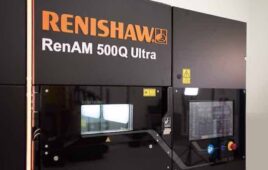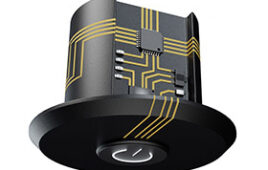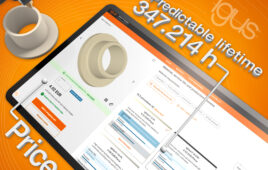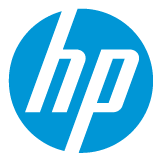3D Platform (3DP), a manufacturer of large format, industrial class 3D printers, has expanded its Open Platform Advantage capabilities enabling access to advanced printing techniques.
This takes 3D printing beyond prototypes for checking fit, form, and function, to the creation of components that are ready for use in operational products, tooling, jigs, fixtures, and a range of end use applications.
Developing Industry Applications: These advanced processes and expanded capabilities are being driven by both commercial and industrial applications. The use of techniques with inserts and core modeling expands 3DP’s additive capabilities across a range of specific vertical applications and industry requirements, including the manufacturing, industrial equipment, aerospace, architecture, construction, retail, furniture, apparel and education sectors.
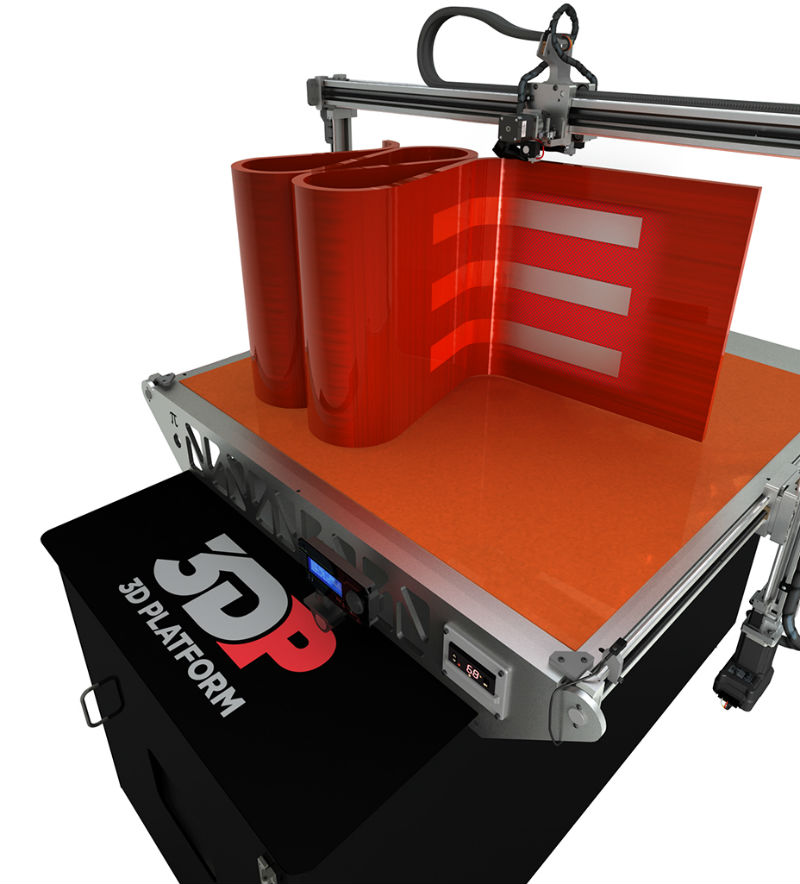
Expanding Operator Skills: 3DP’s open platform enables operators to design and incorporate non-printed elements, such as fasteners, electronics, switches, sensors and metal sub-structures, into a printed part. Adding inserts is an open advantage of 3DP’s ergonomically accessible print bed, which provides operator’s unrestricted access during the additive manufacturing process, unlike enclosed printers that restrict these capabilities and require reaching into a heated chamber or oven.
Open Materials Optimization: The open process of core modeling also provides expanded versatility by creating multiple zones—or cores—within a 3D printed object. Each core can have a different print process setting, such as infill percentage or material type. This can be an advantage when strength is needed in only a portion of a print. Dense infill can be used in that portion only, and lighter infill in the rest of the print. The result is a precision part, created with faster overall print times and lower cost materials.
You can learn more about these advanced print processes and the open platform advantages of the 3DP1000 at www.3DPlatform.com.
Filed Under: 3D printing • additive • stereolithography, Industrial automation

